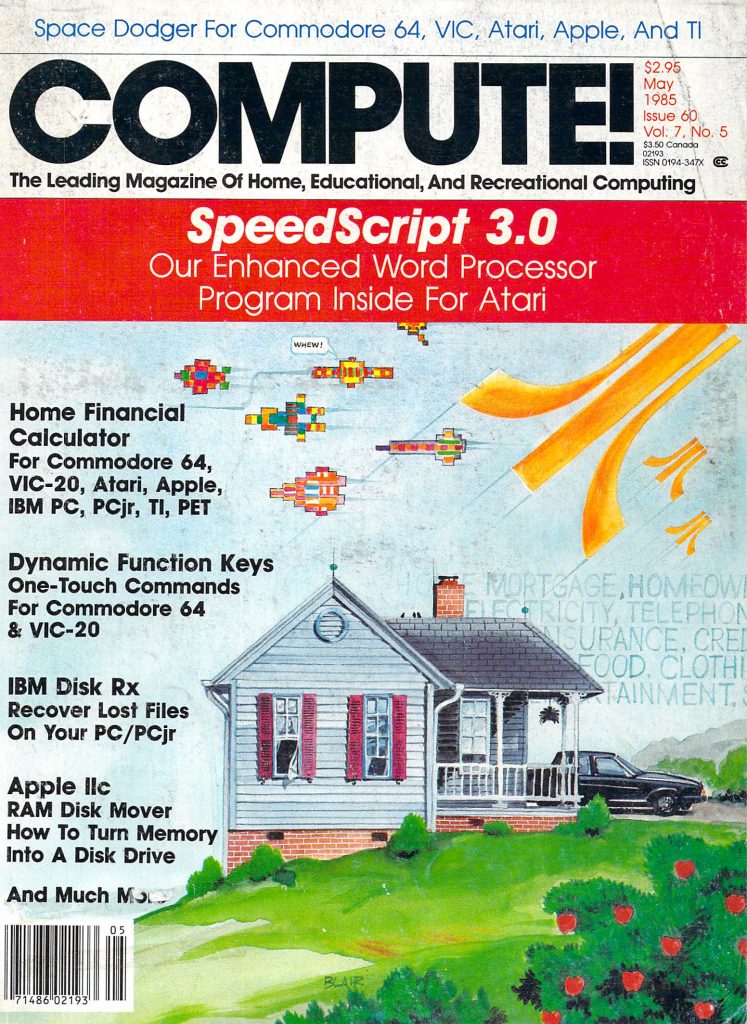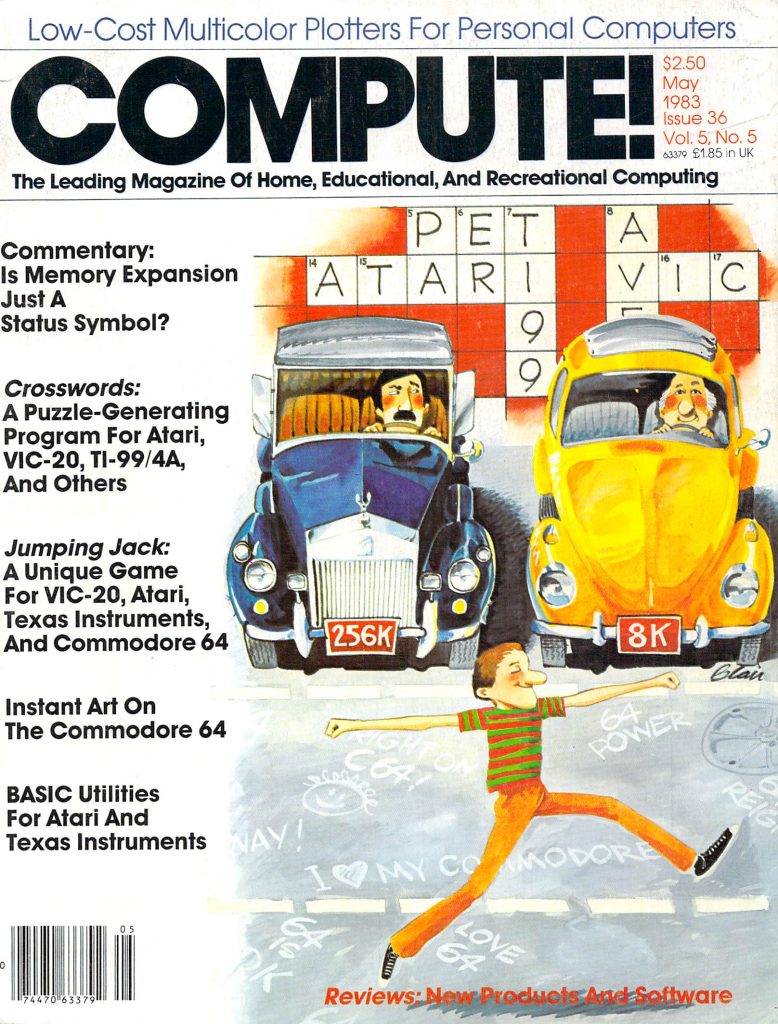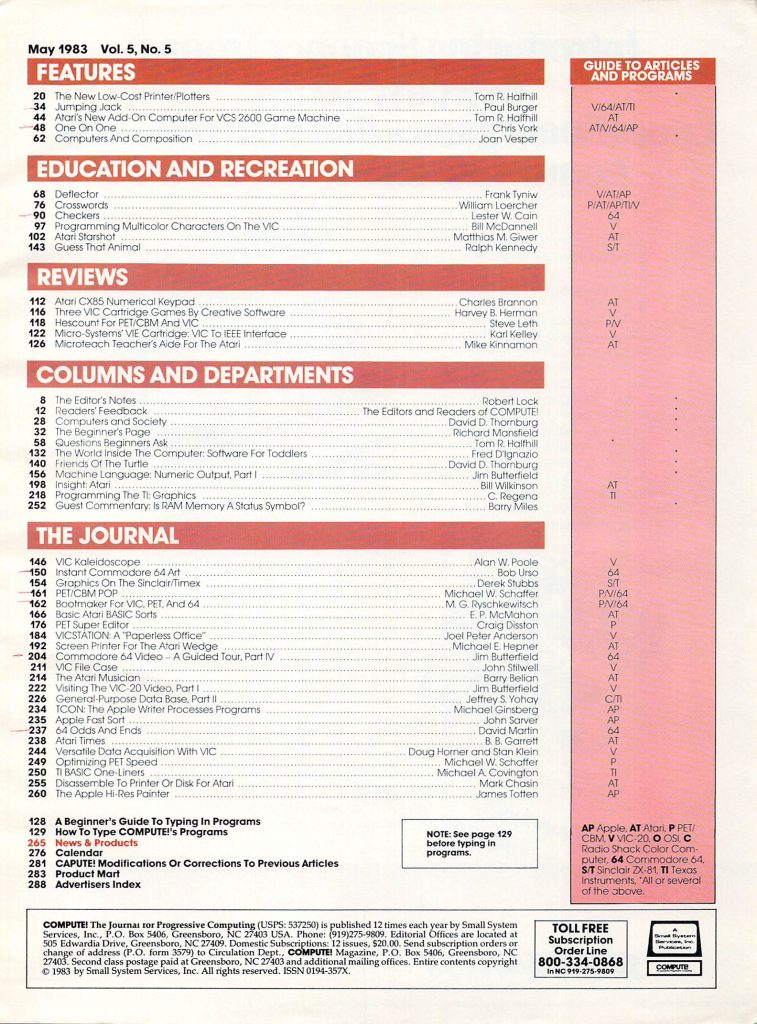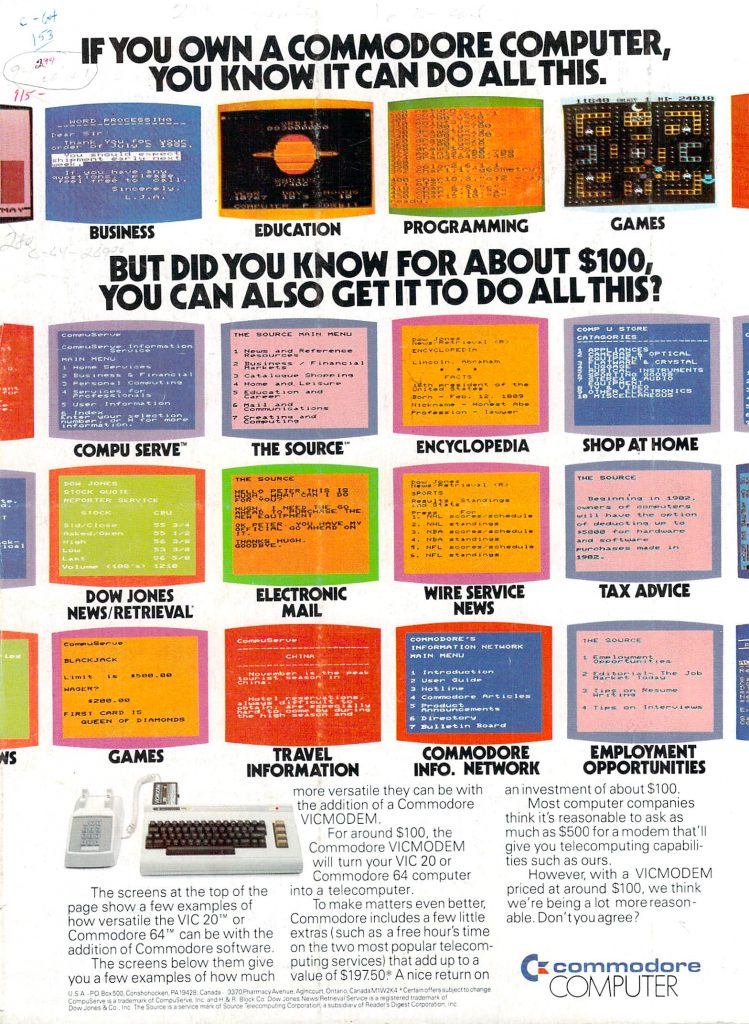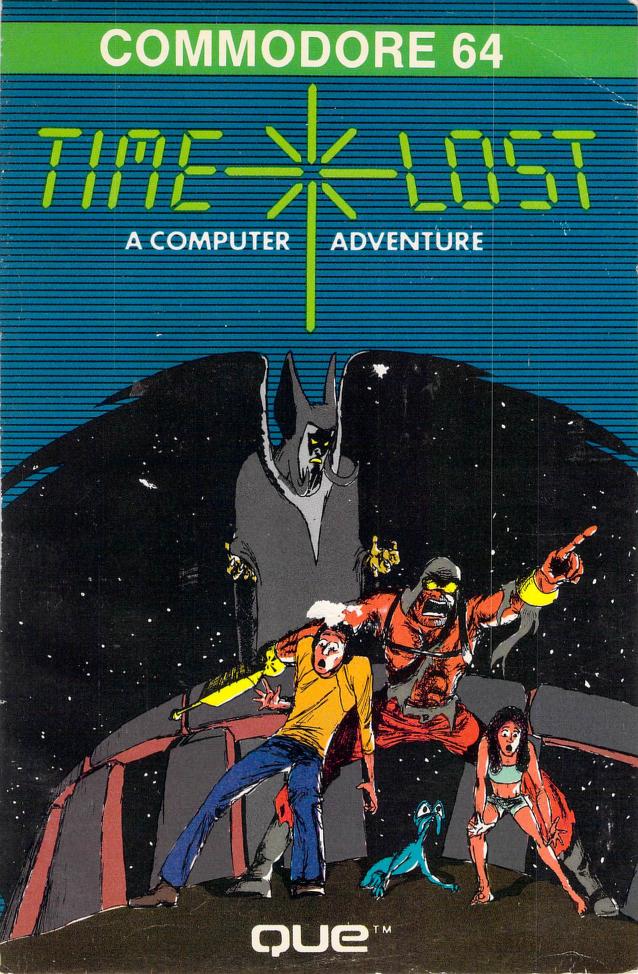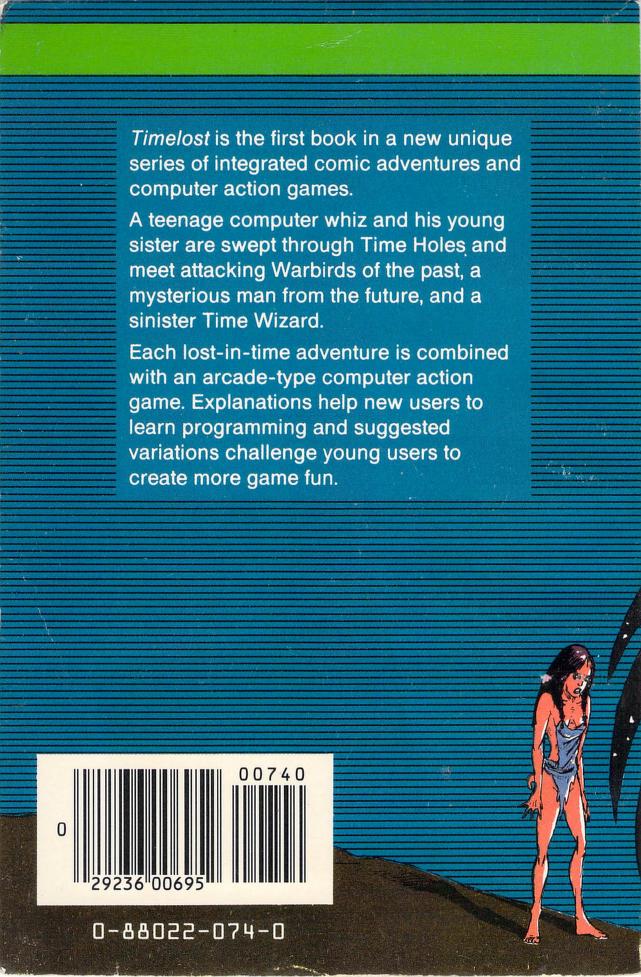Source: Compute! – Issue Number 60 – May 1985
Compute! was a popular magazine in the 1980s and very early 1990s that covered all of the home computers popular at the time. In 1985 that included the IBM PC (and compatibles), Commodore 64, VIC-20, Atari 8-bit, TI-99/4A, Apple II, and Macintosh. The May 1985 issue includes:
Features
- GEM: A New Look for IBM and Atari – GEM was an operating system interface. Basically it was a GUI shell over DOS. It was available for both PCs and the Atari ST. However, while it was the main interface on the Atari ST, it had a fairly small market share on the PC.
- Home Financial Calculator – A type in home budget program for the Commodore 64, VIC-20, Atari 8-bit, and Apple II.
- Space Dodger – A type in action game for the TI-99/4A, Commodore 64, VIC-20, Atari 8-bit, and Apple II.
- SpeedScript 3.0 – Compute! published a high quality type-in word processor for a variety of computers. Version 3.0 for Atari 8-bit computers.
Reviews
- Relax Stress Reduction System – Relax, is a software product that uses biofeedback and computer generated graphics to help you reduce stress. It was available for the Commodore 64, PC, Apple II, and Atari 8-bit.
- Sidekick for PC and PCjr – Sidekick provided a series of tools, including a calculator, notepad, calendar with diary, and ASCII table, that could be accessed via a keystroke even while running other software in DOS.
- Gateway to Apshai – This was an action/adventure game that was available for the Commodore 64, Atari 8-bit, and Coleco Adam. I had a lot of fun with this one on the Commodore 64.
- Championship Lode Runner – Lode Runner is a non-scrolling platform game that is blast to play. Championship Lode Runner is essentially just additional levels but they tended to be harder. It’s reviewed here for the Commodore 64 and Apple II.
- MacVision for Apple Macintosh – A hardware/software package for the Macintosh that lets you digitize images from a video camera.
Columns and Departments
- The Editor’s Notes – How there tends to be resistance to new technologies. The focus here is the typewriter vs. word processor.
- Readers’ Feedback – Readers write in to discuss baud, reading the PC keyboard from BASIC, Commodore 64s in the classroom, chaining programs on the Commodore 64, help with Deadline by Infocom, analog vs. digital joysticks, and more.
- The Beginner’s Page – Using loops in BASIC.
- Telecomputing Today – A tutorial on uploading and downloading files. Trivial today but not quite as much so in 1985.
- Computers and Society: Visual Computing, Part 2 – The second part in a series on graphical operating environments.
- INSIGHT: Atari – Bugs in various Atari BASIC versions and solutions for working around them.
- The World Inside the Computer: Redefining Computer Literacy – The future of home computers as digital utility centers.
- Programming the TI: Japanese Characters – A type-in program for reprogramming the keyboard to print Japanese characters on the TI-99/4A.
- IBM Personal Computing: Titling Your Vacation – Programs for the IBM PC that can be used to create titles that can then be photographed to be used in slide shows, etc.
The Journal
- ScriptSave: Automatic Disk Saves for Commodore 64 Speedscript 3.0 – A type-in utility that works with Speedscript 3.0 on the Commodore 64 to automatically save your work every 10 minutes.
- Dynamic Function Keys for VIC & 64 – A type-in program that assigns useful functions for programmers to the function keys on the VIC-20 and Commodore 64.
- IBM Disk Rx – A type-in program for DOS machines designed for file recovery of accidentally deleted files.
- Apple IIc RAM Disk Mover, Part I – A type-in utility to quickly move the contents of a floppy disk to a RAM disk.
- 64 Tape to Disk Transfer – A type-in utility that makes it easy to transfer programs from tape to disk on the Commodore 64.
- News & Products – Broderbund announces The Music Shop for the Commodore 64, The Original Boston Computer Diet available for the PC and coming soon for the Apple II and Commodore 64, Mindwheel text adventure released for the PC, Apple II, and Commodore 64, new dot matrix printers from Star Micronics, and more.

…and more!
